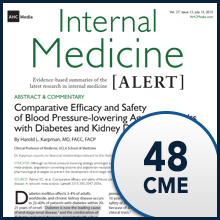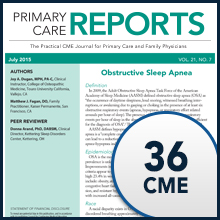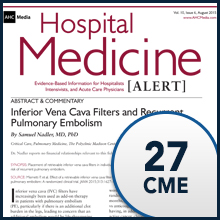Primary Care Involvement Lowers Cost, Intensity of End-of-Life Care
January 23rd, 2017
ANN ARBOR, MI – If the goal for end-of-life care is lower intensity and lower cost, how can that best be achieved? A new study in Annals of Family Medicine suggests greater primary care physician involvement is one answer.
Researchers from the Robert Wood Johnson Clinical Scholars Program at the University of Michigan Health System and colleagues analyzed 2010 Medicare Part B claims data for 306 U.S. hospital reference regions to come to that conclusion.
Focusing on 1,107,702 beneficiaries with chronic diseases who died, the researchers found chronically ill adults living in regions with greater primary care physician involvement experienced less ICU care in their last six months of life and were less likely to have more than 10 physicians involved in their care.
Furthermore, those hospital referral regions (HRR) had less costly end-of-life care, despite lower rates of hospice use.
Regions with greater primary care involvement had the following:
- lower Medicare spending in the last two years of life ($65,160 vs. $69,030),
- fewer ICU days in the last six months of life (2.9 vs. 4.3), but
- less hospice enrollment (45% vs. 50% of those who died).
“The finding that greater primary care physician involvement is associated with less hospice use is a paradox worthy of further investigation with several possible explanations,” the researchers suggest. “Primary care physicians may hesitate to refer to hospice if doing so is perceived as terminating a long-standing relationship. Alternatively, primary care physicians may not recognize patients of having a prognosis of less than six months because of their long-standing relationship.”
In light of the overall results, study authors concluded, “Given the size of the aging population and the magnitude of the primary care physician infrastructure, further work to understand and optimize the role of primary care physicians will be critical to improve care of the dying.”

FEATURED RESOURCE





